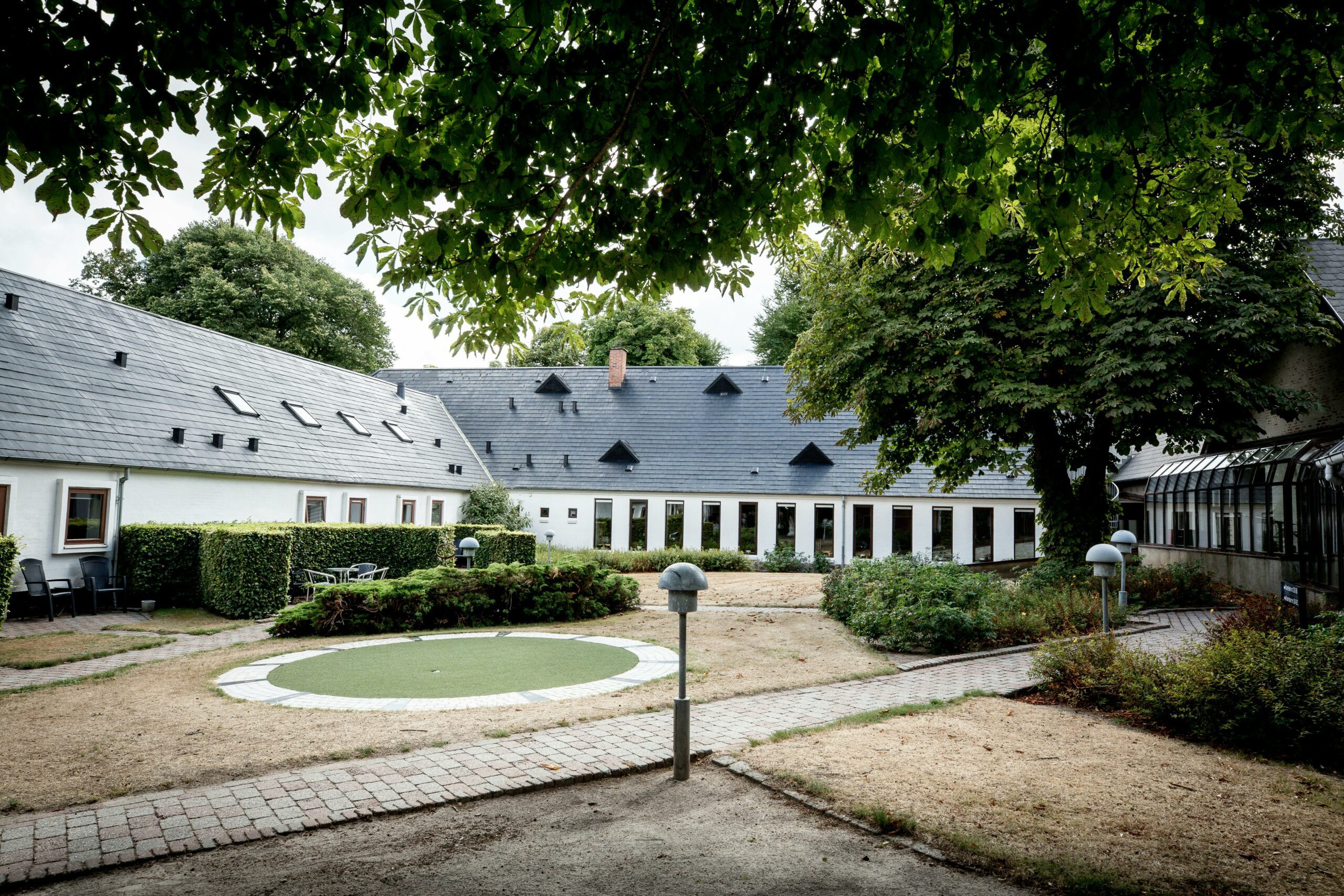Investing in real estate can be a lucrative strategy for building wealth. However, it’s crucial you don’t just jump into any deal. Before committing to an investment property, here’s a guide to ensure you’re making a wise decision.
Key Factors to Consider
Location, Location, Location
The timeless maxim “Location, Location, Location” is more than a cliché; it’s a fundamental principle in real estate investment. A prime location with access to top-notch schools, essential amenities, robust employment opportunities, and low crime rates doesn’t just attract tenants—it secures the property’s appreciation prospects.
Cash Flow
Understanding the cash flow from your investment property is crucial—it’s the lifeblood that determines the financial health of your investment. To calculate cash flow, use the following formula:
Cash Flow = Rental Income – (Mortgage + Taxes + Insurance + Maintenance + Other Expenses)
This formula helps you ascertain the net amount you earn from the property after all expenses are accounted for. It’s essential to ensure that your rental income consistently exceeds your total expenses, resulting in positive cash flow.
Delving into Cash Flow Quality
However, the quantity of cash flow is only part of the picture. The quality of this cash flow is equally important. Consider the following factors:
- Reliability of Income: Is your rental income steady or subject to fluctuations? Are you overly reliant on a single tenant or source of income?
- Diversification: How would your cash flow be affected by changes in the market, such as economic downturns or unexpected vacancies?
- Reserves: Do you have enough cash flow to set aside reserves for future maintenance, emergencies, or other unforeseen expenses?
Example of Cash Flow Calculation
Let’s consider a practical example to illustrate the cash flow calculation:
- Monthly Rental Income: $2,000
- Monthly Expenses:
- Mortgage: $800
- Property Taxes: $200
- Insurance: $100
- Maintenance: $150
- Other Expenses (HOA fees, property management, etc.): $250
Using the formula, we calculate the monthly cash flow as follows:
Cash Flow = $2,000 – ($800 + $200 + $100 + $150 + $250) = $2,000 – $1,500 = $500
In this example, the property generates a positive cash flow of $500 per month, indicating that after covering all expenses, you’re left with $500 as profit.
Take your real estate investing to new heights with Oambase, our advanced property investment analysis software. Streamline your deal analysis, access comprehensive market data, and make informed, profitable decisions with ease. Start your journey towards smarter investing today!
Gross Rental Yield
The Gross Rental Yield is a crucial metric for assessing the performance of your investment property. It’s calculated using the following formula:
Gross Rental Yield = (Annual Rental IncomeTotal Property Cost) × 100
Total Property Cost includes the purchase price, plus any initial renovations or improvements and closing costs associated with acquiring the property.
Example:
Let’s assume you’re considering purchasing a property for $200,000. You spend an additional $20,000 on renovations and $5,000 on closing costs, bringing your total investment to $225,000. If the property generates $18,000 in rental income annually, here’s how you would calculate the Gross Rental Yield:
- Annual Rental Income: $18,000
- Total Property Cost: $200,000 (purchase price) + $20,000 (renovations) + $5,000 (closing costs) = $225,000
Gross Rental Yield = (18,000 / 225,000) × 100 = 8%
This result means that the property’s gross rental yield is 8%. With this figure, you can compare the property’s performance against other investments or the average yields in the same location or similar markets. A higher yield typically indicates a more attractive investment opportunity, but it’s crucial to consider other factors like property appreciation potential, location desirability, and market trends to make a well-rounded decision.
The 1% Rule
The 1% Rule serves as a preliminary screening tool for real estate investments, suggesting that the monthly rental income should be at least 1% of the property’s purchase price. Here’s the formula:
Monthly Rental Income ≥ Property Purchase Price × 0.01
This rule helps investors quickly assess whether a property could potentially generate adequate cash flow. However, it’s crucial to remember that this is a guideline, not a guarantee, and further analysis is always recommended.
Example:
Suppose you are considering buying a property for $250,000. According to the 1% Rule, the property would need to generate at least:
$250,000 * 0.01 = $2,500
…in monthly rental income to meet the criterion.
Now, let’s imagine two scenarios:
- Scenario 1: The property can fetch $2,700 in monthly rent. Since $2,700 > $2,500, this property meets the 1% Rule criteria, indicating it might be a good investment opportunity worth further investigation.
- Scenario 2: The property is only expected to generate $2,000 in monthly rent. Since $2,000 < $2,500, it does not meet the 1% Rule threshold, suggesting that you should either negotiate a lower purchase price or assess the property’s potential for appreciation or other income-increasing strategies.
It’s important to note that the 1% Rule is more applicable in certain markets or property types. In high-cost areas, achieving 1% can be challenging, and the rule may not be practical. Conversely, in markets with lower property values, exceeding the 1% threshold might be more feasible. Therefore, while the 1% Rule is a useful initial filter, it should be complemented with a comprehensive analysis of the property’s overall financials, including cash flow, expenses, potential appreciation, and market dynamics.
Neighborhood Trends
Neighborhood trends can offer invaluable insights. Beyond vacancy rates and average rents, analyze demographic trends, local economic health, and community developments. Is the area on the rise, stable, or in decline? Such factors can significantly impact your investment’s future value and appeal.
Property Condition
When evaluating a property’s condition, consider both immediate repair needs and long-term maintenance. A property inspection should reveal not just current defects but also upcoming major repairs, like roof replacement or plumbing upgrades. Factor these into your total cost to get a realistic picture of your investment.
Metrics for Deeper Analysis
Capitalization Rate (Cap Rate)
The Capitalization Rate, or Cap Rate, offers a snapshot of a property’s profitability and potential return on investment, independent of its financing. It’s calculated using the formula:
Cap Rate = ( Net Operating Income (NOI ) / Property Purchase Price ) × 100
Net Operating Income (NOI) is the annual income generated by the property after deducting all operational expenses (excluding mortgage and financing costs). These expenses include property management fees, taxes, insurance, and maintenance costs.
For example, if a property’s annual rental income is $24,000 and operating expenses total $4,000, the NOI would be $20,000. If the purchase price is $250,000, the Cap Rate would be:
Cap Rate = ( 20,000 / 250,000 ) × 100 = 8%
A higher Cap Rate typically indicates a potentially more profitable investment, but it’s essential to compare this rate with industry standards and local market norms to make an informed decision.
Return on Investment (ROI)
Return on Investment (ROI) provides a comprehensive view of profitability, factoring in not only the property’s income but also its appreciation over time and the total amount invested, including the down payment, renovations, and other related costs.
To calculate ROI, you’ll need to consider the total gain on the investment (including both rental income and property appreciation), subtract the total cost, and divide by the total cost, then multiply by 100 to get a percentage:
ROI = ( Total Gain on Investment − Total Investment CostTotal Investment Cost ) × 100
For instance, if you sell the property after some years and the total profit (after subtracting all costs, including the purchase price, renovation costs, and sale-related expenses) is $50,000, and the total amount invested originally was $200,000, the ROI would be:
ROI = ( 50,000 / 200,000 ) × 100 = 25%
ROI offers a broader perspective on the investment’s performance over time, considering both cash flow and capital gains, providing a holistic view of the property’s profitability.
Don’t Forget the Intangibles
Your Tolerance for Risk
Real estate investment isn’t devoid of risks, and your comfort level with these uncertainties plays a crucial role in your investment strategy. Reflect on how you would handle scenarios like unexpected vacancies, major repairs, or market downturns. Your risk tolerance will not only influence the type of properties you choose but also how you manage them.
Your Time Commitment
The decision to actively manage your property or delegate to a property manager impacts your investment’s profitability and your personal time commitment. Active management can be rewarding but time-consuming, while hiring a manager incurs additional costs. Balance these factors based on your lifestyle, expertise, and investment goals.
The Imperative of Due Diligence
A thorough analysis is crucial before investing. It’s advisable to:
Obtain a professional property inspection
An expert inspection can unveil hidden issues that might affect your investment’s value and potential expenses. This step is vital to avoid costly surprises and ensure you’re making an informed decision.
Research comparable properties in the area
Researching comparable properties gives you insight into the property’s market value, rental income potential, and competitive positioning. This analysis is invaluable for setting realistic expectations and making strategic decisions.
Work with a real estate agent with experience in investment properties
Partnering with a real estate agent who specializes in investment properties can provide you with nuanced market insights and valuable advice. Their expertise can guide you through the complexities of real estate investment, from identifying promising properties to navigating negotiations.
Consider getting a professional appraisal
Getting an appraisal provides an objective assessment of the property’s value, which is crucial for financing, insurance, and investment analysis. An accurate valuation helps you make informed decisions and assess the investment’s potential.
Final Thoughts
Investing in real estate can be a rewarding endeavor. By carefully considering these factors, performing your due diligence, and seeking appropriate professional advice, you’ll increase your chances of making a profitable investment that contributes to your long-term financial goals.
Explore More
IThink Property – Evaluating Your Real Estate Investment
Forbes – Real Estate Math: How To Tell If An Investment Property Is A Good Buy
Investopedia – 8 Must-Have Numbers for Evaluating a Real Estate Investment






